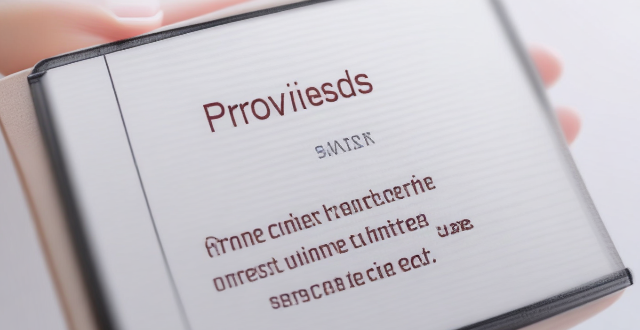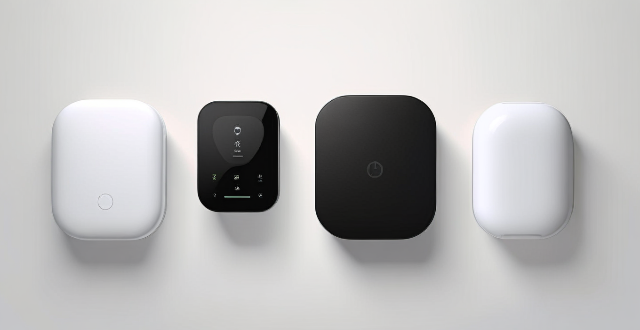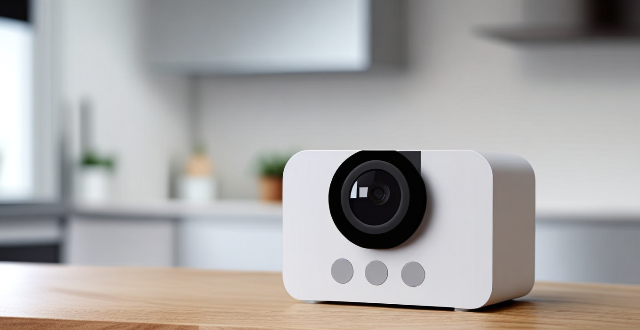Folder Lock

How do I set up a fingerprint lock on my iPhone ?
Setting Up Fingerprint Lock on Your iPhone To set up a fingerprint lock, also known as Touch ID, on your iPhone, follow these steps: 1. Go to Settings 2. Access Passcode Settings 3. Set Up a Passcode 4. Enable Touch ID 5. Add Additional Fingerprints (Optional) 6. Test Your New Fingerprint Lock

How does Apple's Activation Lock help in recovering a lost iPhone ?
Apple's Activation Lock is a feature that helps protect your iPhone from unauthorized use and theft. It is part of the Find My app, which allows you to locate your lost or stolen device on a map, play a sound to help you find it, use Lost Mode to lock and track it, or remotely erase all of your personal information. Activation Lock works by automatically enabling once you turn on Find My [device] on your iPhone, iPad, iPod touch, or Mac. This means that if someone tries to erase or reactivate your device, they need your Apple ID and password. Without this information, they cannot use or sell your device. The Find My app also allows you to see the location of your lost device on a map, play a sound on it to help you find it, put it in Lost Mode to lock it with a passcode and display a custom message with your phone number on the Lock screen, track its location and get automatic notifications when it moves, and remotely erase all of your personal information. If someone finds your lost iPhone and sees the custom message you've set up in Lost Mode, they can contact you to return it. Once you have your iPhone back, you can simply enter your passcode to reactivate it. In conclusion, Apple's Activation Lock is a powerful tool that helps protect your iPhone from unauthorized use and theft. By enabling Find My [device] and using the features of the Find My app, you can increase the chances of recovering your lost iPhone and keeping your personal information safe.

**Can I use iCloud to share files and documents for collaborative work ?
iCloud offers a range of features that make it easy to collaborate with others on shared projects, including sharing files and folders through iCloud Drive and real-time collaboration in compatible apps like Pages, Numbers, and Keynote. Users can manage shared items by viewing them in the "Shared" folder and changing permissions or stopping sharing altogether.

Is it possible to remotely lock my lost iPhone ?
Yes, it is possible to remotely lock your lost iPhone using the Find My app or iCloud. This feature allows you to locate, lock, and erase your device if it is lost or stolen. Here's how you can do it: 1. Sign in to iCloud.com/find on your computer or another iPhone and sign in with your Apple ID and password. 2. Click on the "All Devices" drop-down menu at the top of the screen and select the lost iPhone from the list of devices associated with your Apple ID. 3. Click on the "Actions" button (looks like a circle with a line through it) next to the selected device and choose "Loss Mode." Follow the prompts to set up a passcode for the locked device and enter a contact phone number where you can be reached. 4. Customize a message that will appear on the locked iPhone's display, such as "This phone has been lost. Please call [your phone number] if found." 5. Once you have entered all the necessary information, click on "Done" to activate Loss Mode on your lost iPhone. The device will now be locked and require the passcode you set up to unlock it. 6. If your lost iPhone is powered on and connected to Wi-Fi or cellular data, its location will be updated in real-time on the map within the Find My app or iCloud website. You can use this information to try and recover your device. 7. If you are unable to recover your lost iPhone, you can choose to erase all data from the device remotely by selecting "Erase iPhone" from the Actions menu. This will delete all personal information and restore the device to its factory settings, making it unusable without your Apple ID and password. However, keep in mind that erasing the device will remove any chance of tracking its location in the future.

Can I selectively sync certain folders from my Mac to my iPhone or iPad ?
Yes, you can selectively sync certain folders from your Mac to your iPhone or iPad using the Files app and iCloud Drive, which saves space and keeps your device organized. To do this, access iCloud Drive settings in System Preferences on your Mac and choose which folders to sync. On your iPhone or iPad, use the Files app to view and manage these folders. Selective sync offers benefits such as saving storage space, maintaining organization, improving performance, and customizing your experience based on your needs.

How do I change my passcode on my iPhone ?
The text provides a step-by-step guide on how to change the passcode on an iPhone. The process includes navigating to the Settings app, accessing the Passcode settings, entering and confirming the new passcode, verifying its functionality by locking and unlocking the device, updating passwords for synced services, and finally testing the new passcode in various scenarios to ensure its effectiveness.

How do I change my iPhone wallpaper ?
Summary: Changing the wallpaper on your iPhone is a simple process that can personalize your device and make it uniquely yours. Here's how you can do it: 1. Choose a new wallpaper from the Photos app or take a new photo using your iPhone camera. 2. Set the wallpaper by moving it around, adjusting its size, and finding the perfect position for it. 3. Choose where to set the wallpaper (lock screen, home screen, or both). 4. Enjoy your new wallpaper and remember that you can change it as often as you like.

**I accidentally deleted some items from my iCloud Drive, can I recover them ?
The article provides a step-by-step guide on how to recover accidentally deleted items from iCloud Drive, emphasizing the importance of acting within a 30-day window for potential recovery. It highlights key actions such as accessing the iCloud website, navigating to iCloud Drive, checking the "Recently Deleted" folder, selecting files for recovery, initiating the recovery process, and verifying the restoration of files. Additionally, it underscores the necessity of having sufficient storage space and maintaining regular backups to prevent future data loss incidents.

What are some innovative smart home devices that can be controlled by smartphones ?
Innovative smart home devices controlled by smartphones offer enhanced convenience and energy efficiency. These include smart light bulbs like Philips Hue and LIFX, smart thermostats such as Nest and Ecobee, smart locks like August Smart Lock and Yale Assure Lock, smart security cameras including Arlo Pro and Ring Video Doorbell, smart speakers and assistants like Amazon Echo and Google Nest Audio, smart plugs and switches such as WeMo Mini Smart Plug and TP-Link Kasa Smart Wi-Fi Switch, smart refrigerators like Samsung Family Hub Refrigerator and LG InstaView Refrigerator, and smart air quality monitors like AirVisual Pro and Dyson Pure Cool Link.

What are the best smart home gadgets for improving daily life ?
Smart home gadgets offer convenience and efficiency in daily life. Some of the best include smart speakers like Amazon Echo and Google Nest Audio, smart light bulbs like Philips Hue and Lifx Mini White, smart thermostats like Nest Learning Thermostat and Ecobee SmartThermostat, smart security cameras like Arlo Pro 3 and Ring Video Doorbell, smart locks like August Smart Lock and Yale Assure Lock, smart plugs and power strips like TP-Link Kasa Smart Plug and Wemo Insight Switch, and smart kitchen appliances like Instant Pot Duo and Hamilton Beach Smart Coffee Maker. Incorporating these gadgets into your home can increase convenience, improve security, and better manage energy consumption.